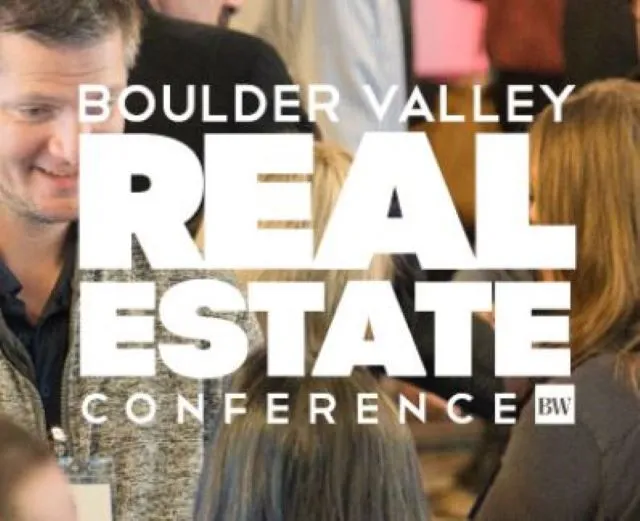Wells: Institutional investors have impact on single-family real estate

In my column last month, I set out how builders and Boomers are factoring into our country’s housing supply shortfall.
To recap:
After the fallout of the Great Recession, builders have been hustling to catch up after years of lagging housing starts. Since 2006, we have averaged 1.02 million annual starts per year, compared to a historical average of 1.5 million annual starts since 1959. Now Freddie Mac tells us that we face a housing shortage of some 5 million homes, and this number is supported by a recent NAR research study with the Rosen Consulting Group that concludes that since 2001…
THIS ARTICLE IS FOR SUBSCRIBERS ONLY
Continue reading for less than $3 per week!
Get a month of award-winning local business news, trends and insights
Access award-winning content today!



